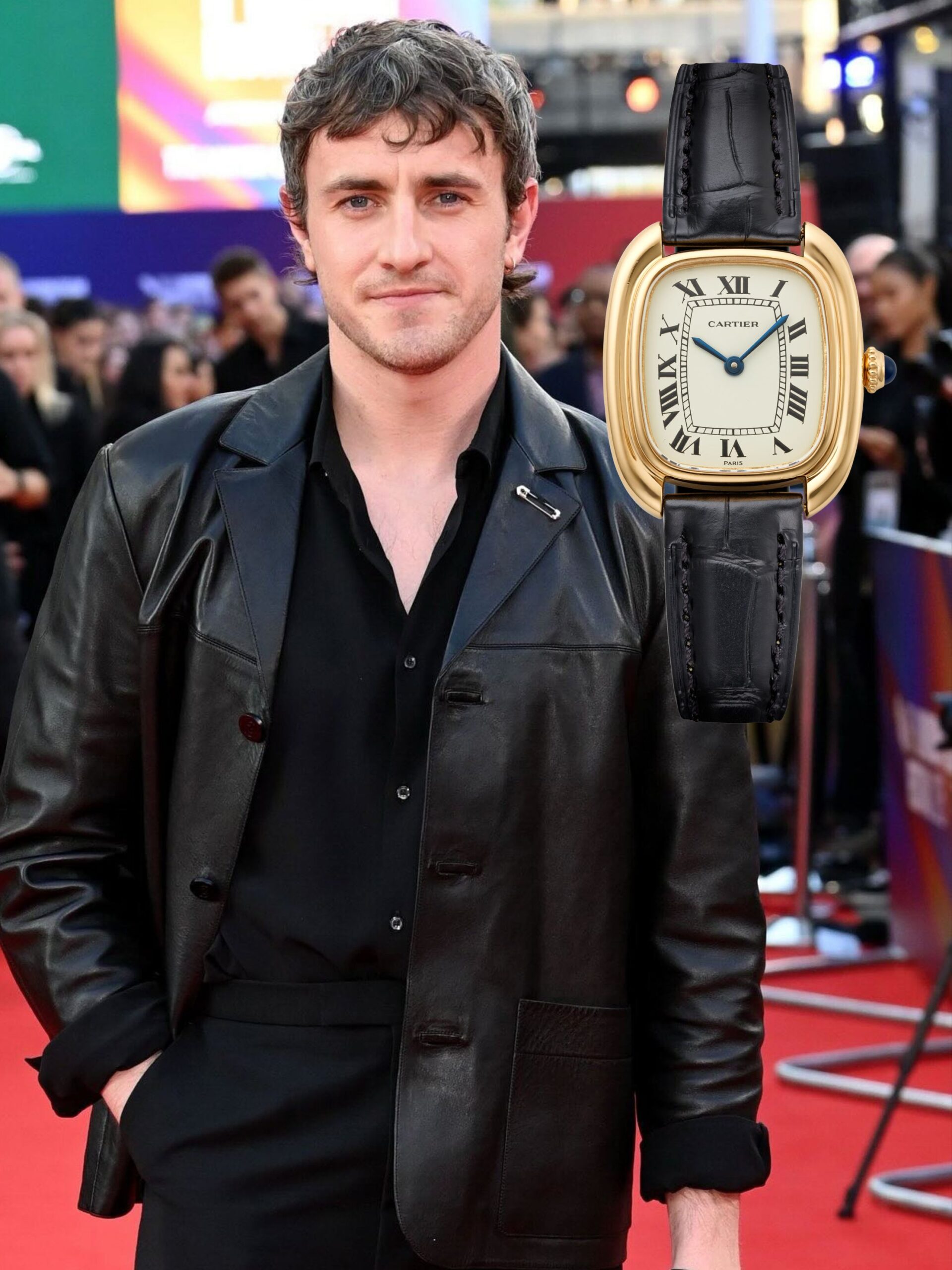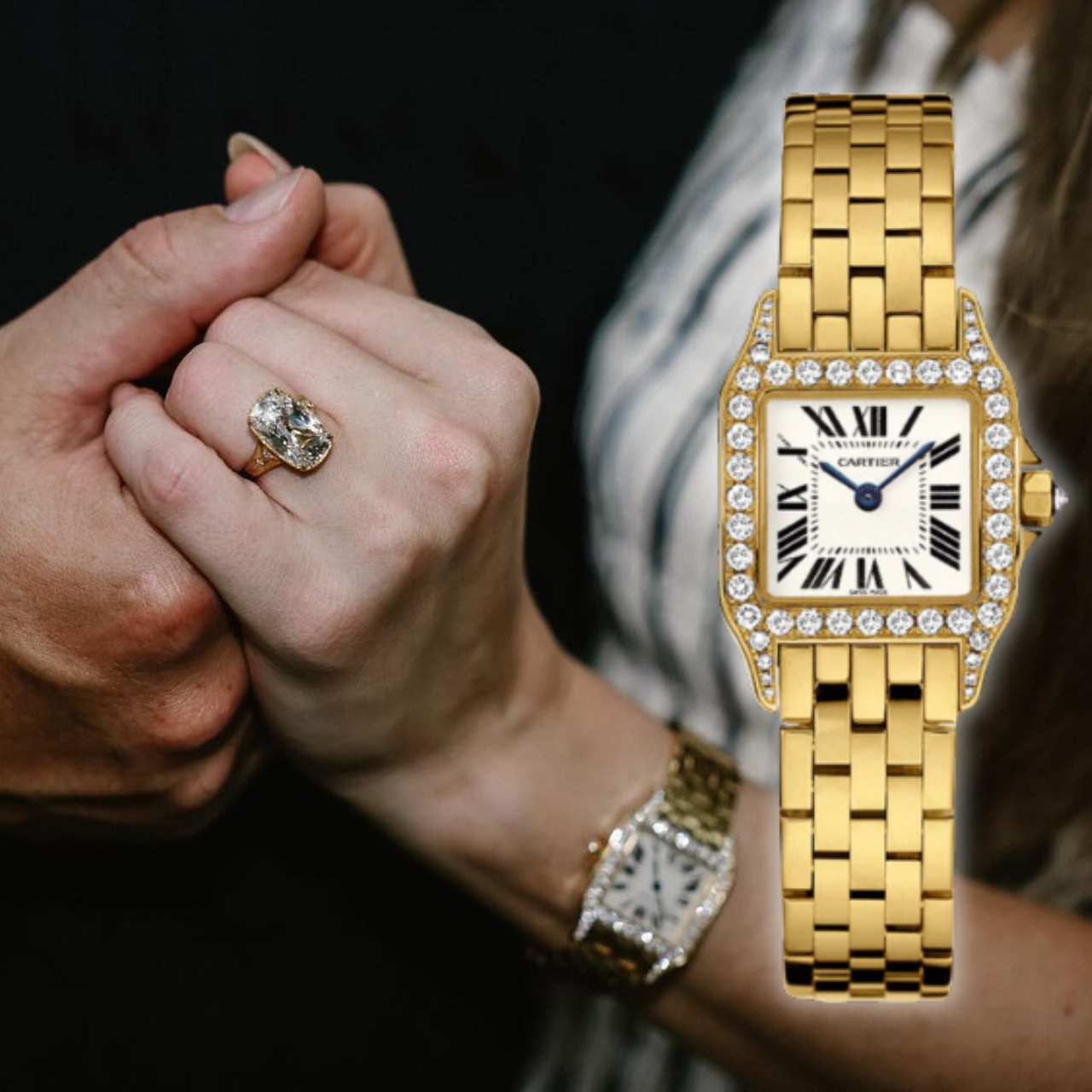Diamonds and pearls: The NGV will host the biggest Cartier exhibit Australia has ever seen
There's good reason that Cartier has been called not just the jeweller of kings but the king of jewellers
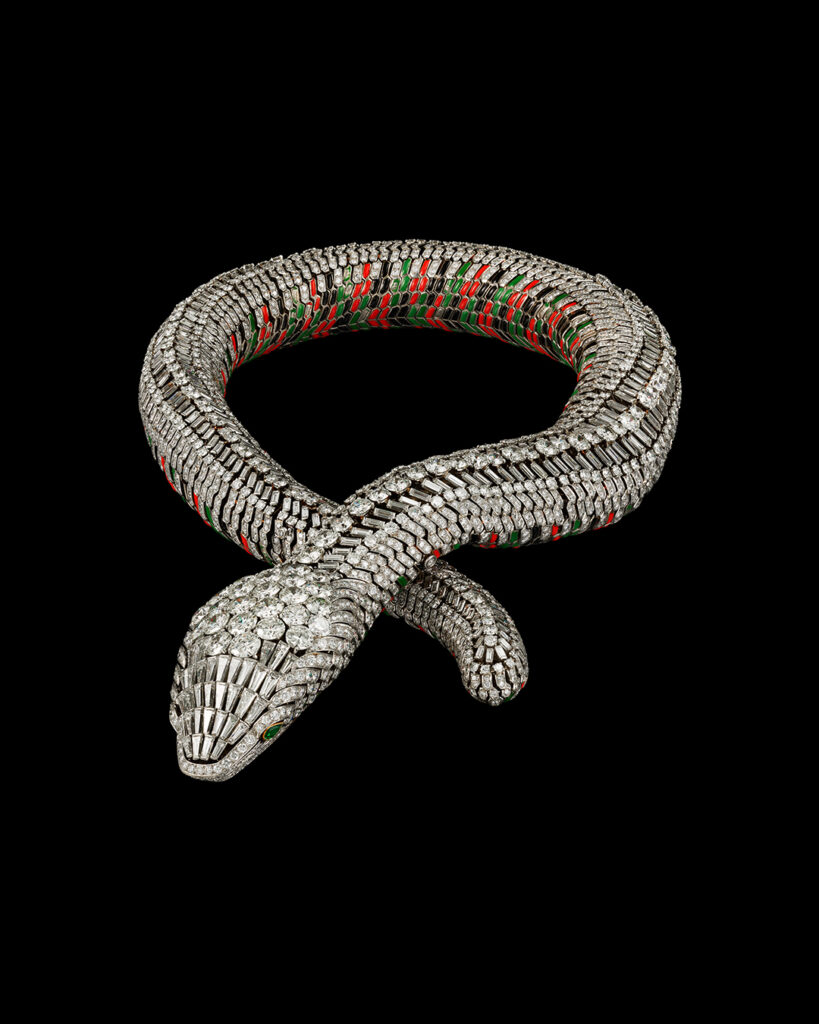
IN THE WINTER OF 2026, the National Gallery of Victoria (NGV) will play host to a kind of royalty. Not monarchs themselves but the jewels that crowned them, the diamonds, emeralds and rubies that made Cartier not only the “jeweller of kings” but, as Edward VII once quipped, “the king of jewellers.” From June to October 2026, more than 300 pieces from the Maison will arrive in Melbourne in the largest Cartier exhibition ever staged in Australia.
The scope is vast. Tiara after tiara, more than 20 in total, will sit alongside necklaces gifted between lovers, brooches pinned to opera gowns and watches that redefined how time could be worn. Among them: the Scroll tiara, crafted in 1902 and worn both by Clementine Churchill at Queen Elizabeth II’s coronation and, with a different kind of swagger, by Rihanna for W magazine in 2016. Elizabeth Taylor’s Burmese ruby necklace, given to her by film producer Mike Todd, will glitter nearby, still as incendiary as when she described it as “like the sun – lit up and made of red fire”.

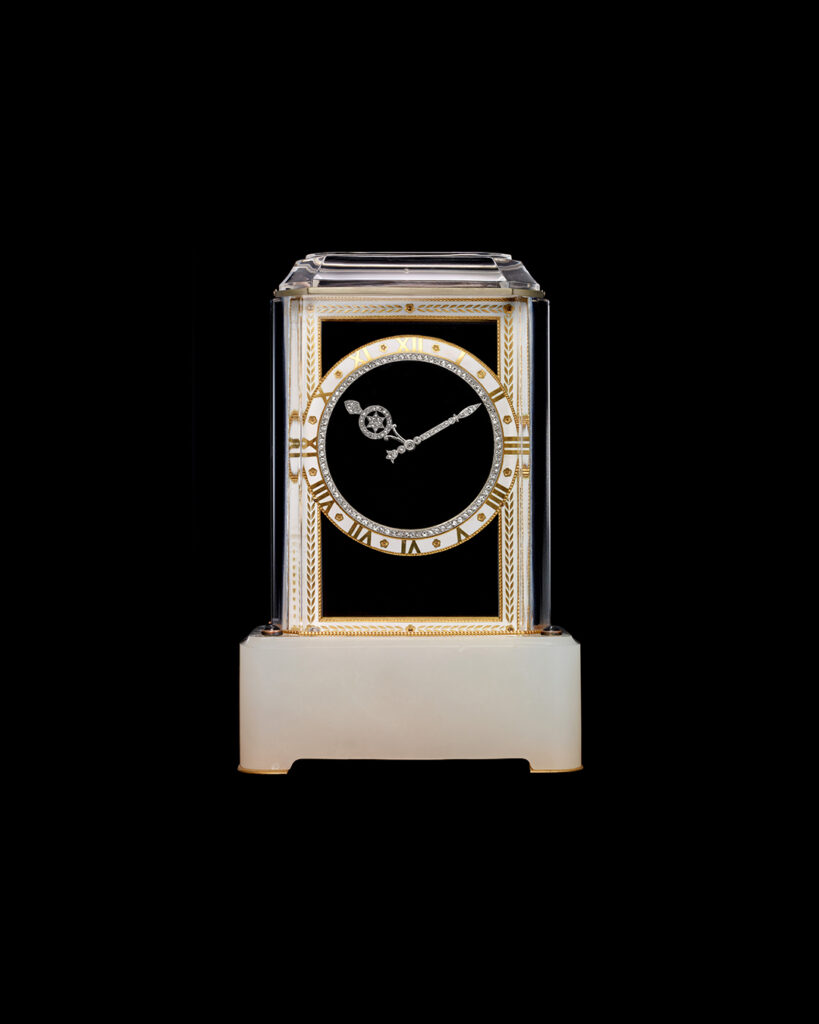
The Cartier story is as compelling as the gems themselves. Founded in Paris in 1847 by Louis-François Cartier, it was his grandsons Louis, Pierre and Jacques who transformed the workshop into an international maison with outposts in Paris, London and New York. Their vision brought design and production in-house, marrying old-world artisanship with modern ambition. By the early 20th century, Cartier was not only dressing European royals but also the rising aristocracy of Hollywood, Broadway and beyond.
The exhibition charts this evolution, from the romantic Garland style of floral platinum swags to the sharp geometry of Art Deco. Visitors will see the 1934 diamond and platinum Halo tiara, inspired by ancient Egypt, and the Duchess of Windsor’s infamous Panther brooch: 152 carats of Kashmir sapphire balanced on a diamond-encrusted feline. There are the Tutti Frutti pieces, exuberant with carved emeralds, rubies and sapphires, and a showcase of the Maison’s horological innovations: the Santos and the Tank, watches that revolutionised wristwear in the 20th century and remain icons today.
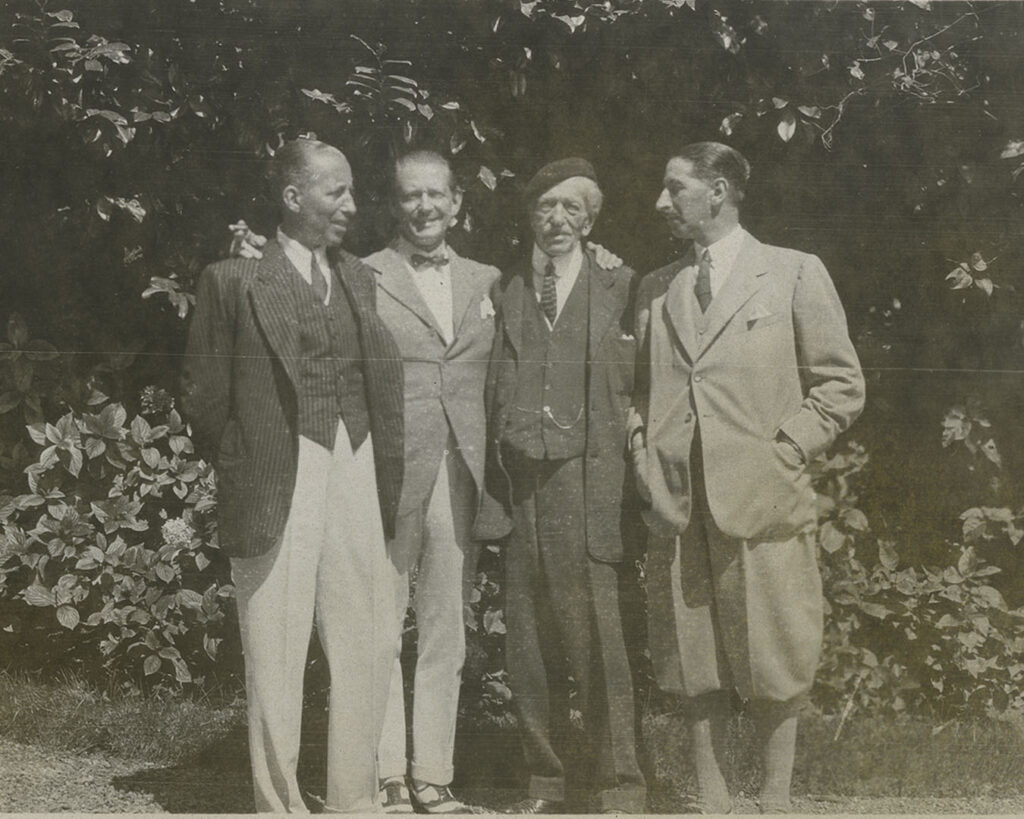
There’s also space for the more intimate connections. Dame Nellie Melba, Australia’s own operatic diva, was among Cartier’s earliest international clients, her jewels as much a part of her performance as her voice. Her necklaces and bodice ornaments, shown here with a signed portrait once owned by Pierre Cartier, remind us how jewellery can be both costume and character.
Designed in collaboration with Rotterdam studios Sabine Marcelis and CLOUD, the NGV’s staging will immerse visitors in light and colour, echoing the materials that have defined Cartier’s aesthetic for more than 170 years.
Cartier will run as part of the National Gallery of Victoria’s Melbourne Winter Masterpieces from 12 June to 4 October 2026.
Related:
Engagement ring? We’re more intrigued by the Taylor Swift’s Cartier watch












